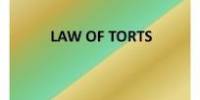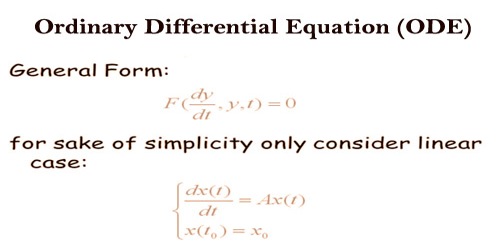Law of Tort
Vicarious liability:
In general a man is liable for his own act, but there are exceptional cases where a person is liable for the act of other person though he had no part in those act. Such liability is called vicarious liability. Some time it is considered as liability without fault. eg: masters liability for his servant, parents liability for their wards etc. It is sometimes considered as liability without fault.
Liability for another’s wrongs arises in three ways-
- Liability by Ratification: Where the defendant has authorized or ratified that particular wrong.
- Liability by relationship: where the defendant stands to the wrongdoer in a relation which makes the former answerable for wrongs committed by the other.
- Liability by abetment.
1.Liability by Ratification:
Where the defendant has ratified that particular wrong.
Ratification meaning: If one person commits a tort assuming to act on behalf of another but without his authority, and that other subsequently ratifies and assents to that act, he thereby becomes responsible for it. The person ratifying the act is bound by the act whether it be to his detriment or advantage.
Qui facit per alium facit per se:
He who does an act through another does it himself. In such a case the person authorizing is liable not only for the tort actually authorized, but also for its direct consequences. The authority may be previous or subsequent; in the latter case it is known as ratification.
Conditions of ratification:
Three conditions have to be satisfied before one person can be held liable for another’s tort on the ground of ratification. This are-
1. Only such acts bind a principle by subsequent ratification as were done at the time on his behalf.
2. The person ratifying the act must have full knowledge of its tortuous character.
3. An act which is illegal and void cannot be ratified.
2. Liability by relationship:
Where the defendant stands to the wrongdoer in a relation which makes the former answerable for wrongs committed by the other, though not specifically authorized.
Vicarious liability may arise where the doer of the act and the person sought to be held liable therefore are related to each other as-
- Master and servant
- Owner and independent contractor
- Principle and agent
- Company and its directors
- Firm and its partners
- Guardian and wards
Master and servant:
The relation between a master and servant gives rise to four kinds of liabilities: (a) liability of master to third person.
(b) Liability of servant to third person.
(c) Liability of master to servant.
(d) Liability of servant to master.
Owner and independent contractor:
An independent contractor is one who undertakes to produce a given result without being in any way controlled as to the method by which he attains that result. Now, the general rule is that for the acts and omissions of an independent contractor, his employer is not liable to stranger. Nor is the employer liable for wrongs of servants engaged by the contractor to do the work. He who controls the work is answerable for the workmen; the remoter employer who does not control is not answerable.
Exceptions to the rule-
- Where the thing contracted to be done is itself unlawful.
- Employer retaining control.
- Legal duty
- Damage to another
- Implied warranty
- Incompetent contractor employed
Principle and agent:
To make a principle responsible for a wrongful act of his agent it is necessary to show-
- That the act was committed by the agent in the course of his employment although the principle did not authorize, or participate in the act;
- That, if the act was beyond the scope of the agency, it must have been expressly authorized by the principal or subsequently ratified by him.
3. Liability by abetment:
Liability for another’s wrongful acts or omissions arises in three ways. In actions of torts, those who abet the tortuous acts are as much liable as the tort-feasors themselves
Remedies available with respect to a tort:
Damage
A. Judicial Injunctions
Specific restitution of property
Remedies
Re-entry on land
B. Extra judicial Expulsion of trespasser
Re-caption of goods
Distress damage feasant
Abatement of nuisance
More Lectures:
















